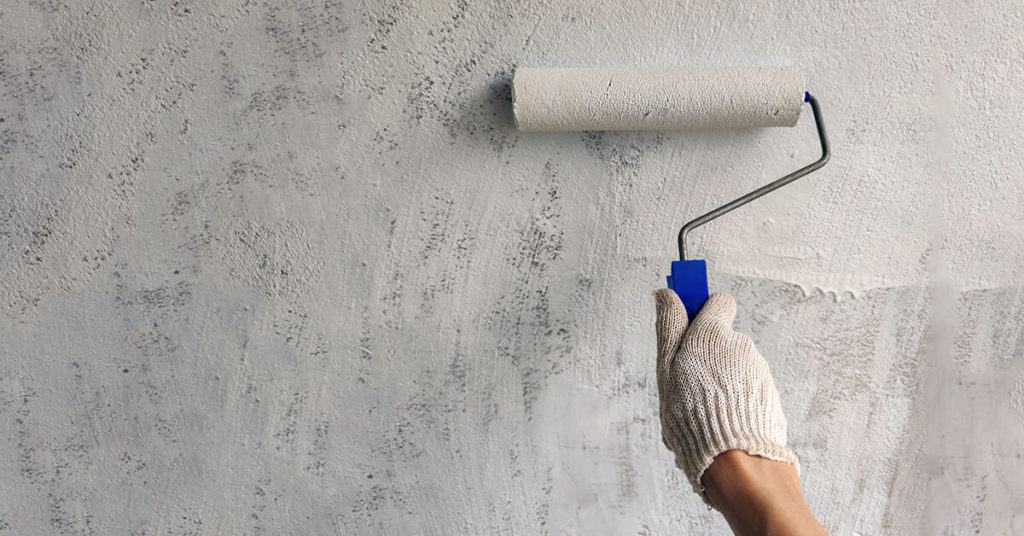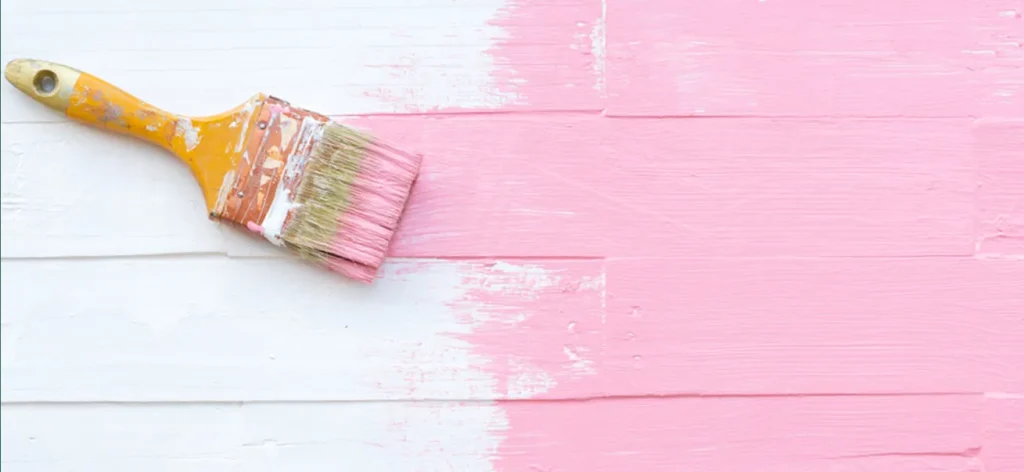Repainting



Surface preparation: Before repainting, it is essential to prepare the surface properly. This typically involves cleaning the surface to remove dirt, dust, or grease, and addressing any imperfections such as cracks, holes, or peeling paint. Proper surface preparation ensures better adhesion of the new paint and a smoother, more professional finish.
Color selection: Repainting presents an opportunity to change or update the color scheme. When choosing colors, consider the overall design aesthetic, the purpose of the space, and personal preferences. It’s recommended to test paint samples or consult with a color specialist to ensure the desired outcome.
Surface condition: Evaluate the condition of the existing paint. If the current paint is in good condition, with no significant chipping or peeling, a thorough cleaning and light sanding may be sufficient before applying the new coat of paint. However, if there are extensive damages or multiple layers of old paint, additional surface preparation, such as scraping, priming, or complete removal of the existing paint, may be necessary.
Type of paint: Choose the appropriate type of paint for the surface being repainted. There are various options available, including water-based or oil-based paints, with different finishes such as matte, satin, or glossy. Consider factors such as durability, washability, and the specific requirements of the area being painted (e.g., high moisture areas like bathrooms or kitchens may require moisture-resistant paint).
Application method: The choice of application method depends on the size and nature of the surface being repainted. Brushes, rollers, or spray guns are commonly used tools for repainting. Each method has its advantages and considerations, such as the level of control, speed, and the texture of the finish.
Professional assistance: While repainting can be a DIY project for some, hiring professional painters ensures a high-quality result. Professionals have the expertise, tools, and experience to handle surface preparation, color selection, and proper paint application. They can save time and ensure a more precise and professional finish.
